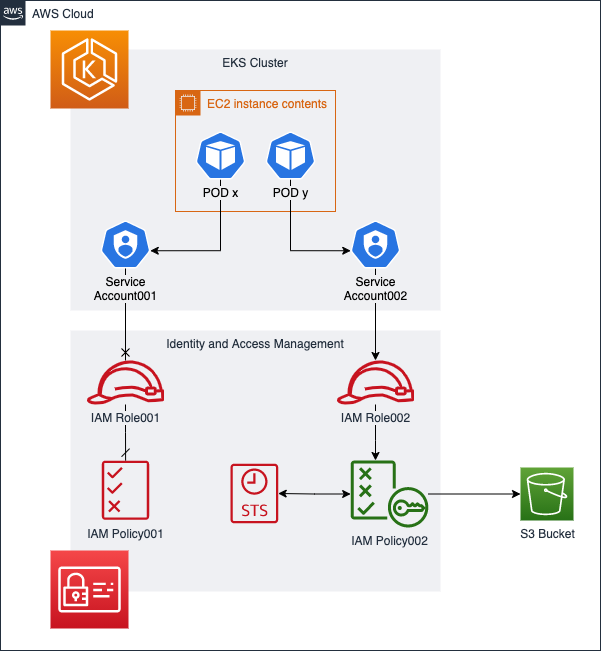The growing complexity of application development and demand for more frequent deployments bolstered the rise of GitOps. GitOps, in simple terms, is all about using Git for container-based continuous integration and deployment. GitOps enables a seamless developer experience and greater control for Ops teams. It is often considered an extension of DevOps.
The central idea of GitOps is to use Git as the single source of truth. With Git repositories storing the declarative state of the system, it makes code management, reconciliation, and audits fairly easy to control and implement at scale. GitOps offers productivity, reliability, and security for cloud-native applications, accelerating its adoption.


